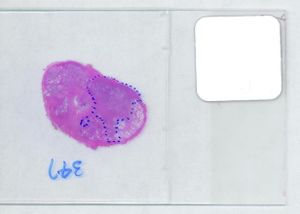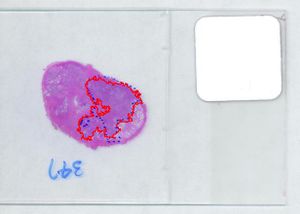This site is being phased out.
Pixcavator technical support
Redirect to:
support@inperc.com
One of the most common question we receive about Pixcavator is this:
“Can you help me analyze these images?”
The answer to you, our valuable customer, is Yes.
However, a few things need to be clarified.
The main problem is that my ignorance in your field makes it difficult for me to determine whether the results of image analysis are meaningful (but I would still appreciate knowing what I am looking at!). Our software may be useful for you if you want to make manual image analysis tasks automatic. In other words, we can automate the tasks that involve a person who examines the image with a naked eye and then counts and measures its features. If I could review this procedure, I would be able to develop a protocol for automatic analysis.
So, if you need help with your images, there are three main options.
Option 1. I analyze the image myself.
There are some choices to be made about the analysis settings however. Then I’d have to base my decisions on my common sense without any understanding of the problem. For example, I may try to capture the most prominent – large, high contrast, round, etc - features in the image and ignore the rest.
Warning: It is very easy to end up solving a wrong problem.
Option 2. The user analyzes the image.
To find the right settings, a fair amount of trial and error may be needed. Fortunately, Pixcavator is very easy to learn. As the user starts experimenting with Pixcavator, he will quickly come to understand the affect of moving the sliders on the development of the contours.
Warning: There is a danger that the settings that have been found won’t work for the next image.
Option 3. The user describes what he wants to find in the image.
Then I can base my analysis on this description. However, I am likely to be unfamiliar with the terminology of your field and can’t tell what you are looking for based solely on your verbal explanations. For this approach to work, the description will have to be very specific and include the sizes, shapes, colors, locations of objects to be found in the image.
Alternatively, you would provide me with a few images that have been analyzed manually. For this approach to work, the user will have to outline in the image the features he is interested in (example below). Then I would try to reproduce your results with Pixcavator. Then, if this works, I would try to apply the analysis to other images that you have.
Warning: It is always possible that the image is too complex or of too poor quality for a meaningful analysis. See Images appropriate for analysis
For more on this example, see Measuring the volume of prostate cancer tumor.

